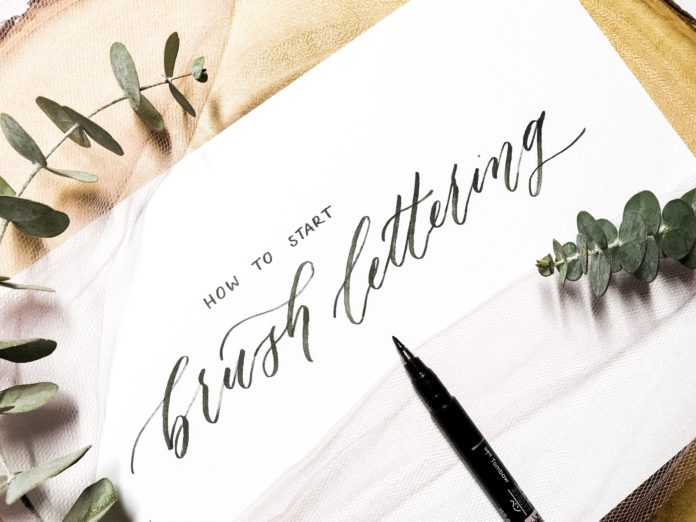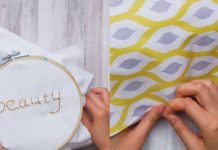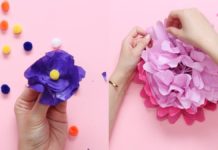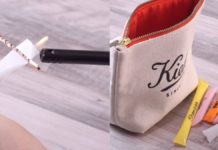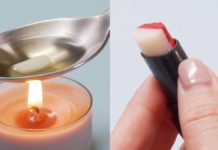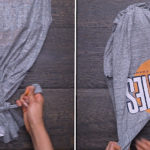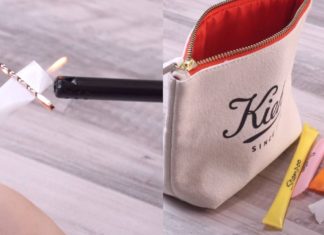How to Start Brush Lettering
Have you been following brush lettering accounts on Instagram and thinking to yourself, “There’s no way I could do something like that”? Well, I’ve been there, and I can tell you from experience that you can!
To start brush lettering, you don’t need any prior artistic experience or “good” handwriting. All you need is a positive mindset and willingness to learn, and you’re all set.
Basic Calligraphy Materials
One of the best things about this hobby is how inexpensive and accessible it is. At the bare minimum, all you need is a lettering tool and paper. I recommend the Tombow Fudenosuke brush pens, and you can get both the hard and soft tip for under $7! Not only is this a steal, but these pens provide excellent control for beginners. As for paper, any blank printer paper will do. If you want to practice keeping your letters aligned, grid or dotted paper works great!
Once you have your lettering tools, you’ll want to practice the basic strokes. Every beautiful and complex lettering piece can be broken down to two basic strokes: a thin upstroke and a thick downstroke. The more consistent you become with these strokes, the more you will see your lettering improve.
Holding the Brush Lettering Pen
To practice, hold your lettering pen at a 45-degree angle and experiment with how the amount of pressure you put on the tip affects the thickness of your line. See if you can find the extremes with both; make your downstrokes as thick as possible by applying a large amount of pressure, and make your upstrokes as light as possible by seeing how thin you can make your lines. Once you do this, you can find a happy medium between the two that feels comfortable to you and produces the results you’re looking for.
Before tackling the alphabet, you’ll find it much easier to practice the basic strokes that make up the majority of the lowercase letters.
Now, you can combine these basic strokes to form a lowercase “a”. You’ll find that the other lowercase letters are just variations of the basic strokes.
Before you know it, you’ll have all the skills you need to write a word! In brush lettering, the words are connected by the thin upstroke you practiced earlier. These can make the most significant difference when it comes to making your lettering look dynamic and flowing.
Once you’ve begun your lettering journey, how do you continue to grow and improve? One of the best ways is to document your progress. Whether it’s starting an Instagram or privately tracking your progress, it’s great to see your hard work pay off! Remember: practice makes progress.
When I started lettering, I didn’t know there were so many brush lettering resources online, which is why I created this free brush lettering guide to help you on your lettering journey. Happy Lettering!


